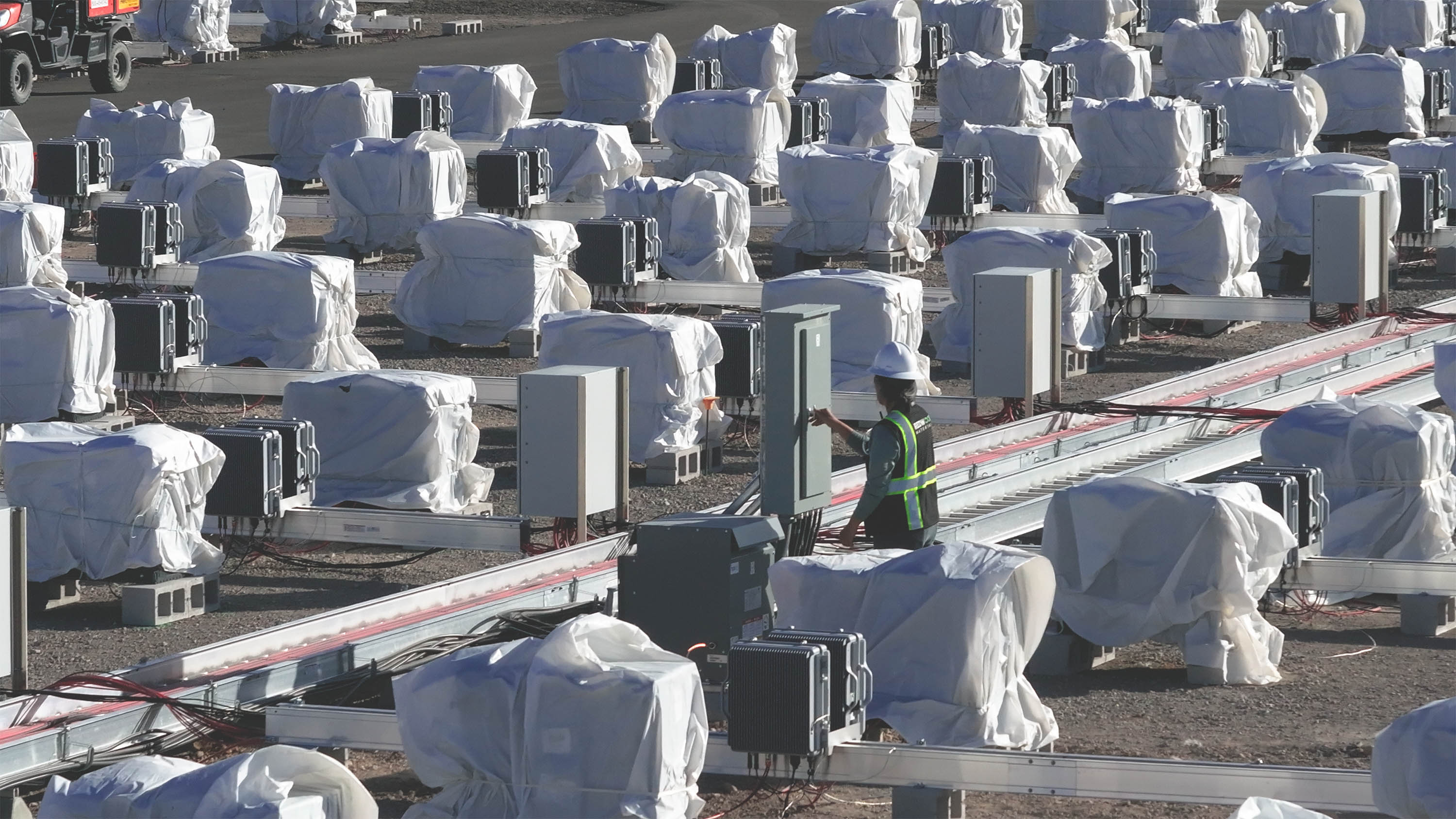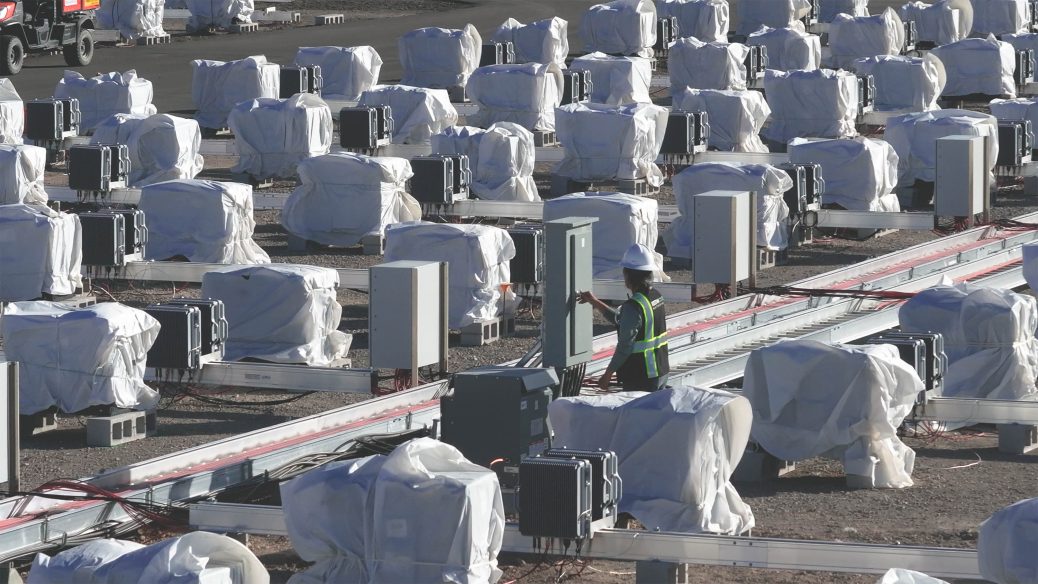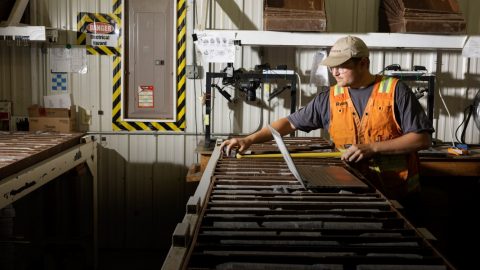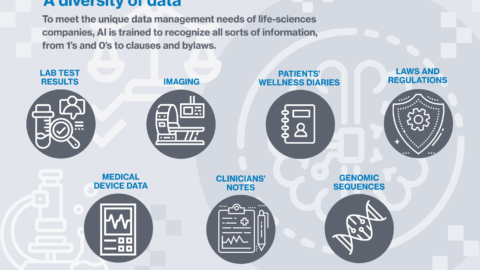The event marked the launch of the company’s new business line, Redwood Energy, which will initially repurpose (rather than recycle) batteries with years of remaining life to create renewable-powered microgrids. Such small-scale energy systems can operate on or off the larger electricity grid, providing electricity for businesses or communities.
Redwood Materials says many of the batteries it takes in for processing retain more than half their capacity.
“We can extract a lot more value from that material by using it as an energy storage project before recycling it,” JB Straubel, Redwood’s founder and chief executive, said at the event.
This first microgrid, housed at the company’s facility in the Tahoe Reno Industrial Center, is powered by solar panels and capable of generating 64 megawatt-hours of electricity, making it one of the nation’s largest such systems. That power flows to Crusoe, a cryptocurrency miner that pivoted into developing AI data centers, which has built a facility with 2,000 graphics processing units adjacent to the lot of repurposed EV batteries.
(That’s tiny as modern data centers go: Crusoe is developing a $500 billion AI data center for OpenAI and others in Abilene, Texas, where it expects to install 100,000 GPUs across its first two facilities by the end of the year, according to Forbes.)
Redwood’s project underscores a growing interest in powering data centers partially or entirely outside the electric grid. Not only would such microgrids be quicker to build than conventional power plants, but consumer ratepayers wouldn’t be on the hook for the cost of new grid-connected power plants developed to serve AI data centers.
Since Redwood’s batteries are used, and have already been removed from vehicles, the company says its microgrids should also be substantially cheaper than ones assembled from new batteries.

COURTESY REDWOOD MATERIALS
Redwood Energy’s microgrids could generate electricity for any kind of operation. But the company stresses they’re an ideal fit for addressing the growing energy needs and climate emissions of data centers. The energy consumption of such facilities could double by 2030, mainly due to the ravenous appetite of AI, according to an April report by the International Energy Agency.
“Storage is this perfectly positioned technology, especially low-cost storage, to attack each of those problems,” Straubel says.




Recent Comments